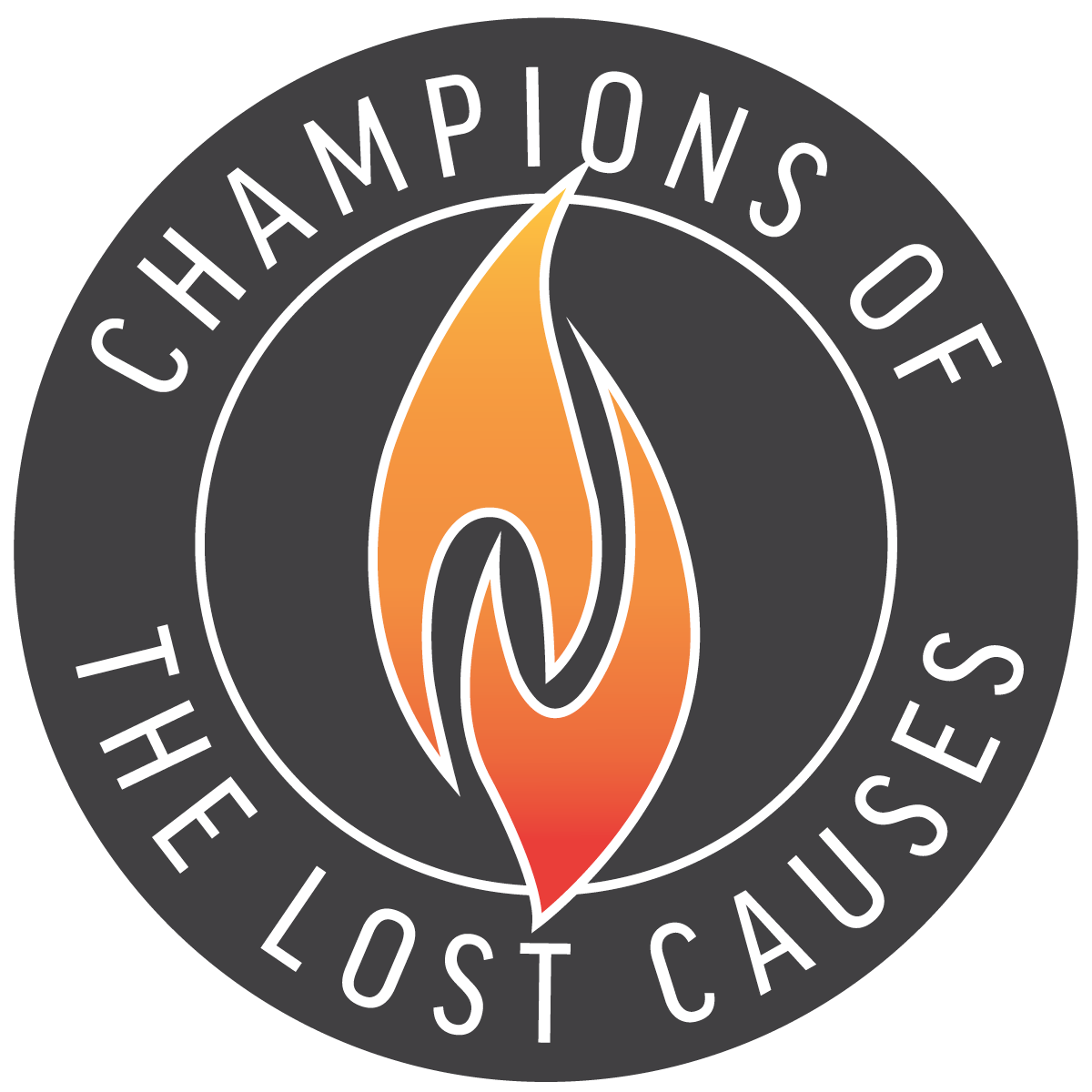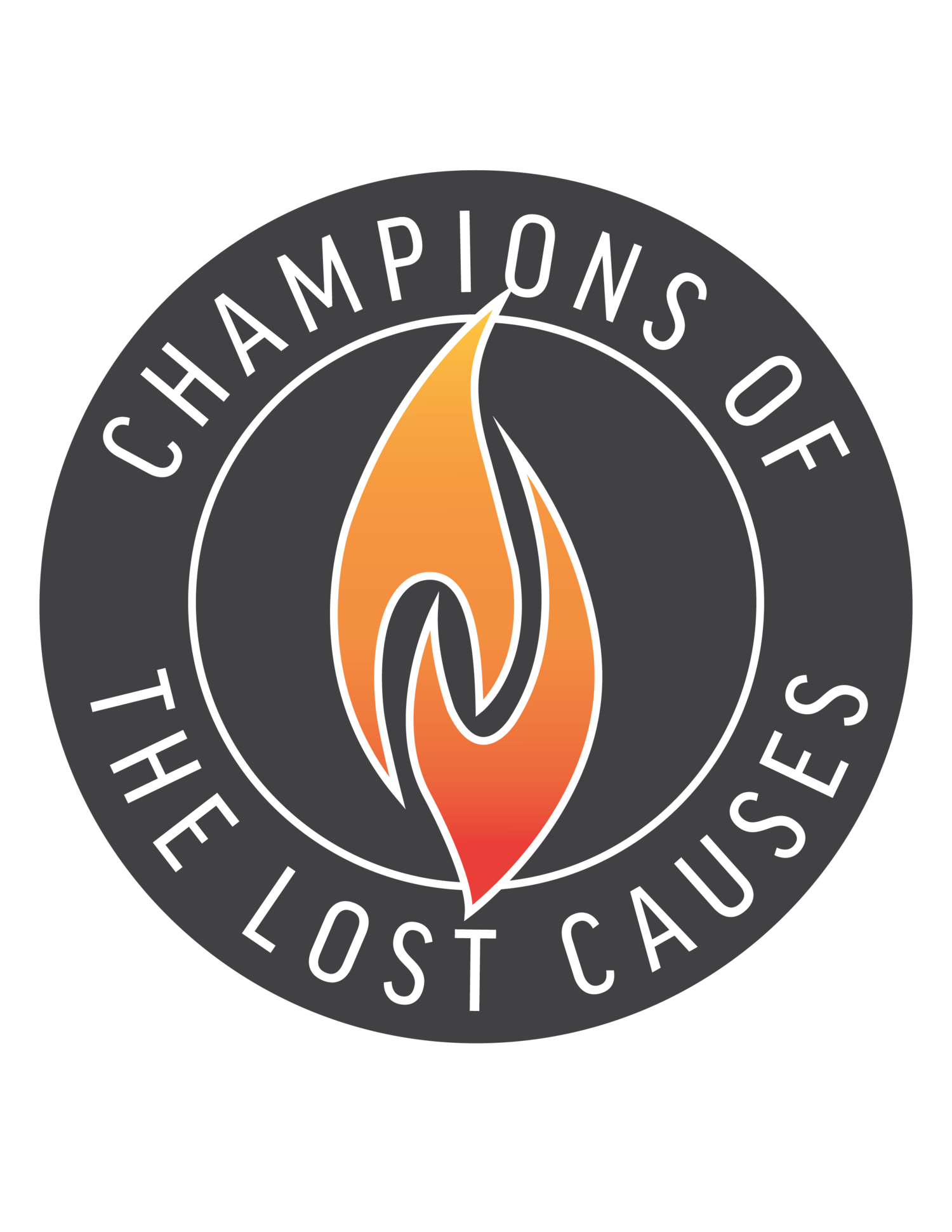Chapter 5: Could we trust the process or were the books cooked?
When the National Charrette Institute and Urban Land Institute came to town, we were ready. We'd made sure to spread the word about meeting times and to make clear to Coliseum supporters just what the process of engagement was. Some of it required signing up through a not-so-intuitive website. We were determined to make sure the City didn't "cook the books" with carefully selected participants sure to be in agreement with their ideas. Despite keeping things positive and respectful from the outset, and even after our huge, diverse, family friendly turnout for Roundhouse Revival, there were plenty of people in the development community who viewed us negatively. Upstarts. Troublemakers. I mean, they weren't wrong, I don't guess.
We had certainly had our breakout moment, and now people weren't so shy about saying they loved the Coliseum. Lipscomb had self-appointed surrogates, I guess you'd call them. Hangers on who no doubt got good paying work by having a strong relationship with Lipscomb. Ray Becker was such a guy, and his disdain for us, especially Mike, was plain to see. Mike gets under people's skin. He's provocative because he's a straight-talker, cuts to the heart of the issue at hand, and when it comes to being an ardent fan of Memphis' cultural legacy and authenticity, there is no fiercer defender of Memphis than Mike.
We somehow found out about the ULI kickoff reception… a casual mixer when all these ex-mayor panelists got into town, so we went. It was a small gathering, and there were fewer than 20 people there when we arrived. We got a few looks like "Oh man, not these guys," but I didn't let it bother me. I was there to connect with the ULI panelists, get a sense of who they were and what their process was. And of course, I wanted to influence their thinking.
First guy I walked up to, by himself, was Tom Murphy, who was leading the panel. Tom is the former mayor of Pittsburgh credited with leading the city out of the post-industrial collapse to being a thriving city. We hit it right off in the way that sometimes happens… almost like we had an appointment to speak to each other. Tom being a seasoned politician and me being a seasoned PR guy, we both naturally spoke in bullet points. We had a rapid-fire exchange of ideas. I had caught him at the right time. He was fresh, ready to size up the issues to do the work he'd come to do, and he had an open mind and his first glass of wine. I told him about the Coliseum, its importance to Memphis… its utility, the historical underpinnings that made it such an authentic civic asset.
"Have you ever thought about going into politics?" he said. I gave him an aw-shucks "who, me?" look and said "Why?" "Because you'd be great at it."
He went on to tell me the backstory of himself as a younger man… how he and a core group of activists worked together to change their city. At one point, the group realized that they could be more effective if one of them went into politics. He took his heart for activism and advocacy work and started the slow climb up the ladder of elected offices. He became the mayor of Pittsburgh when the city desperately needed a leader who would think outside the box and not flinch in bringing people together to change Pittsburgh. It was clear that he saw his younger self in me. I asked him about the panel's impartiality, and he assured me that the panel would keep an open mind, and that they were no rubber stamp for the City's plan. That reassured me, but when I shared that with the others, they had their doubts. We would not rest on our laurels, we would stay in attack mode. I was the nice guy front, just like I'm sure young Tom Murphy was, back in the day.
There were four National Charrette Institute public meetings, and they happened at the same time the ULI panel conducted its interviews. We promoted how to sign up for both on all our channels, but our own experience trying to sign up was not the best. I knew we'd fight through the blocks… if indeed we were being blocked, as some feared… but who knew if others would be as resolute.
Mike was a bold leader… exactly what we needed in those early days when our backs were against the wall. He was Captain Kirk beaming down to a hostile planet with a small team, phasers set on stun. Mike appreciated nuance to a point, but "Did we take the hill?" was his common refrain. Mike was exactly the type of leader we needed in those early crackerjack, shoestring days, when we damn near always took the hill. We all played a role on the "front lines," but Mike was the salty, no-bullshit field commander who led by example. I had definitely "taken the hill" at the ULI reception. It was the grace of God I walked right up to Tom, who would lead the panel. But would we collectively "take the hill" with the rest of the NCI and ULI processes?
As a board, we decided to split up the four NCI meetings to ensure that each meeting had at least one or two of us there. Our goal at each was two-fold… participate and take the pulse of the room to report back to the others.
Mike's meeting ended up being the one the media went to, which worked out great. The dominant image in the next day's paper was a map of the Fairgrounds, visually represented assets and the giant word "No!" in the middle. The quick takeaway for any reader? The people didn't like the plan. As much as the plan was more than just the demolition of the Coliseum, it was easy to fixate on that. It was the one thing that was not theoretical to people. They could see it, touch it, they'd spent some of the best moments of their lives in the Coliseum. Bulldoze that for a proposed 400,000 square feet of retail shopping?! No way! Our job in those days was mainly to make this point and focus an increasingly vocal opposition.
Ray Becker saw Mike and took exception. Ray liked the plan… or liked that there was a plan is perhaps more accurate. He assumed Lipscomb would get his way and they'd figure out the details. We irritated Ray because to him, we were an impediment to progress.
There was another guy in the mix back then… gonna forget his name… veterinarian in town… we struck up a conversation waiting in line somewhere. He politely heard me out about the Coliseum, but then said "I believe that if you're not knocking down buildings, you're not making progress." This horrified me, because I saw it as emblematic of the old paradigm of thinking we were trying to upend. Flash forward to today, and that thinking has been thoroughly discredited. Restoring authentic assets is now en vogue, but back in 2015, "knock old stuff down" was still a guiding principle for many.
Ray's irritation with Mike spilled over into some heated words at the NCI meeting. He accused Mike of stirring people up against the plan before he'd given it a chance. He was wrong, though. Mike and the rest of us were giving voice to people who'd been sold a lie for too long. We were merely the bullhorn for a people who'd had enough. They knew what was authentic and good, and they knew in their hearts what they loved. Lipscomb's plan was uninspired, over-reaching, under-researched and called for the destruction of the focal point of Memphis' cultural life, which in many ways was the conduit and breeding ground for the best of 20th century American culture! The plan was DOA in most people's minds at those meetings, and, increasingly, everywhere we turned. No small group of sycophantic Lipscomb hangers-ons could turn this back. The genie was out of the bottle.
Ray accused us of packing the NCI meetings with Coliseum supporters, but the funny thing was a lot of these people who took the mic and spoke from the heart were people we'd never met before that night. They'd kept up with the media coverage so far and felt compelled to come. We'd reached them. Which in turn ensured that the next day's media coverage said, essentially, "people reject plan, express love for Coliseum." We had taken the hill… for that day at least.
Counting the NCI meetings as a success, at least in terms of perception, we turned our sights on the ULI interviews. We seemed to be getting enough Coliseum supporters into the interview field, but the process was pretty opaque. None of us knew exactly how many interviews they were doing. My interview went fine. It was Tom Murphy and a few others. I talked the talking points of our emerging canon of thought, and they all leaned in and really listened.
There was a suite of interview rooms and I noticed a few people I knew. In the margins, I also observed Robert Lipscomb glad-handing people. He came up to me to see how I was doing. I expressed gratitude for the process and for being included, and he seemed genuinely pleased with how things were going. The thing I found unnerving was the chummy way Lipscomb comported himself with the ULI guys. Was he currying favor with them? After all, the City was paying them, and Lipscomb and a select group were taking them out for meals and drinks. What chance did we have that the ULI would side with us?

